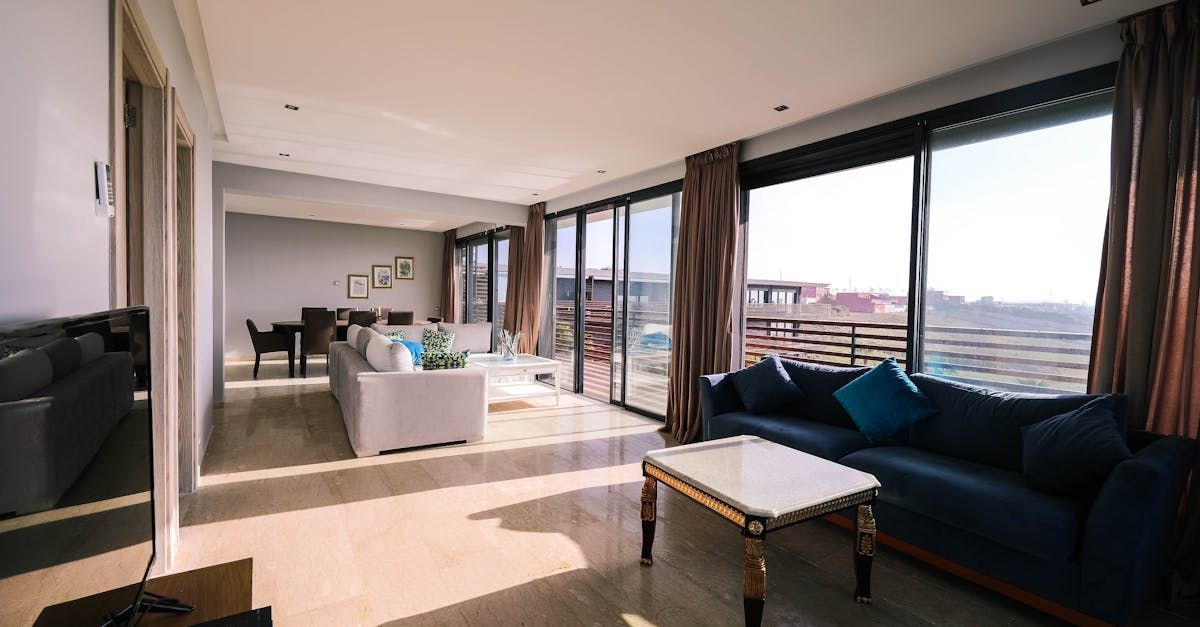Unlock Space: Second Story Additions Guide

Unlock Space: Second Story Additions Guide
If you need more space in your home and don't want to move, adding a second story is a practical solution. This process not only increases your living space but also enhances the value of your property. Here, we will cover everything you need to know about second story additions, from planning to execution.
Key Takeaway
- Space Efficiency: Adding a second story is a great way to increase your home’s space without expanding its footprint.
- Value Addition: A second story can significantly boost your home's market value.
- Structural Considerations: Ensure your current structure can support a second story.
- Cost Factors: Be aware of various costs involved, including materials, labor, and permits.
- Professional Help: Hiring experienced builders ensures quality and structural integrity.
Why Consider a Second Story Addition?
Adding a second story offers numerous benefits, especially for those living in areas with limited lot space. Here’s why you might want to consider this option:
- Maximize Land Use: Ideal for homes on small lots or properties restricted by zoning laws.
- Added Value: A well-executed second story can significantly increase your home’s resale value.
- Versatility: Extra space for bedrooms, a home office, or recreational areas.
Structural Considerations
Before you start planning, it's crucial to assess whether your home can support an additional story. Here are some points to consider:
- Foundation Strength: Consult a structural engineer to evaluate if your foundation can handle the extra weight.
- Wall Load: Ensure the load-bearing walls are strong enough to support another floor.
- Building Codes: Familiarize yourself with local zoning laws and building codes.
Planning Your Second Story Addition
Architectural Design
A well-thought-out design is the backbone of a successful second story addition. Engage with an architect to create a design that complements your existing structure.
- Seamless Integration: Ensure the new addition blends seamlessly with the existing architecture.
- Functional Layout: Plan the layout to maximize usability and comfort.
Budgeting
Budgeting is critical to avoid financial stress during the project. Here are some cost factors to consider:
- Materials: Quality materials may cost more but offer longevity and aesthetic appeal.
- Labor: Skilled labor is essential for quality work.
- Permits and Fees: Include the cost of permits and any additional fees in your budget.
Estimated Costs for Second Story Additions
Cost Component Estimated Price Range
- Materials $50,000 - $150,000
- Labor $30,000 - $100,000
- Permits and Fees $2,000 - $5,000
- Total Estimated Cost $82,000 - $255,000
Construction Steps
Pre-Construction
- Obtain Permits: Secure all necessary permits before starting any work.
- Prepare the Site: Ensure the area is ready for construction, including temporary housing if needed.
Demolition
- Remove Roof: Carefully remove the existing roof structure.
- Structural Reinforcements: Add reinforcements to the foundation and load-bearing walls if necessary.
Building the New Floor
- Framing: Construct the frame for the new floor.
- Utilities: Install plumbing, electrical, and HVAC systems.
- Insulation and Drywall: Ensure the new space is well-insulated and finish with drywall.
Finishing Touches
- Flooring: Lay down new flooring that complements the existing home.
- Painting and Trim: Complete the interior with paint and trim.
- Exterior Finishing: Ensure the exterior of the new addition matches the existing structure.
Potential Challenges and Solutions
Building a second story comes with its set of challenges. Here are some common issues and how to address them:
- Structural Issues: Always consult a structural engineer.
- Permitting Delays: Apply for permits early and follow up regularly.
- Budget Overruns: Keep a contingency fund to handle unexpected expenses.
Maintenance and Longevity
A well-constructed second story addition should last as long as the original structure. Regular maintenance is essential to ensure longevity.
- Inspect for Cracks: Regularly check for cracks in walls and ceilings.
- Roof Maintenance: Ensure the new roof is well-maintained to prevent leaks.
- Utilities Check: Periodically inspect plumbing and electrical systems.
Real-Life Experiences
Several homeowners have shared their positive experiences with second-story additions:
Jorie S.
"We added a second story to our 1960s ranch. The process was smooth, and the result was a beautiful and functional space. Hunter Baker Homes handled everything professionally."
Jason S.
"My wife and I are thrilled with our second story addition. The team was meticulous with details and maintained excellent communication throughout the project."
Lucas W.
"As first-time custom home builders, we were apprehensive about adding a second story. Hunter Baker Homes made the process easy and stress-free. We highly recommend them."
Key Factors to Consider
- Quality of Materials: Invest in high-quality materials for durability.
- Experienced Builders: Hire experienced professionals to ensure the job is done right.
- Detailed Planning: Spend adequate time in the planning phase to avoid complications later.
Comparison of Building Up vs. Building Out
Factor Building Up Building Out
- Lot Size Constraints Ideal for small lots Requires more land
- Cost Generally higher Can be lower
- Structural Impact Requires strong base Less impact
- Permits and Zoning More complex Generally simpler
Frequently Asked Questions (FAQs)
- Is adding a second story worth it? Yes, it can significantly increase your living space and property value.
- How long does it take to add a second story? The timeline can vary but generally takes 4-6 months, including planning and construction.
- What are the main cost factors? Materials, labor, permits, and potential structural reinforcements are the main cost factors.
- Can my current house support a second story? Consult a structural engineer to assess your home's foundation and load-bearing walls.
- Do I need a permit to add a second story? Yes, you will need various permits depending on local building codes.
Conclusion
Adding a second story to your home is a practical way to increase your living space and boost property value. While the process involves careful planning and budgeting, the benefits far outweigh the challenges. With the right team, like Hunter Baker Homes, you can transform your current home into a spacious, functional, and aesthetically pleasing living space.
If you’re in the Charleston, SC area and considering a second-story addition, contact Hunter Baker Homes for a consultation. Their experienced team will guide you through every step, ensuring a smooth and successful project.






